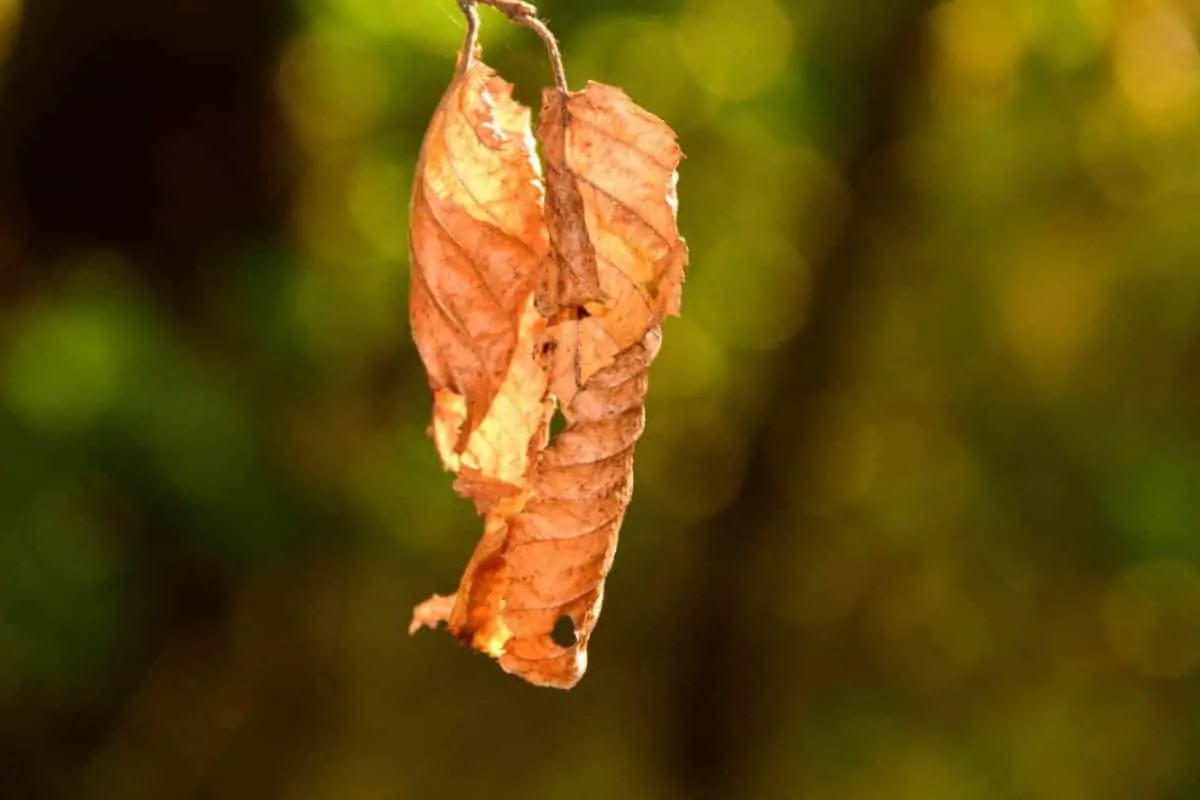

Water stress it is quite frequent in plants when they are grown in places where either it does not rain and / or they are not watered as often as necessary to meet your needs. It can even occur in the autochthonous ones that we have acquired, since they need time to get used to the conditions in our garden, and take root.
Unfortunately, in nature it is also common, since all the plants in the world depend on the climate, and each and every one of them has been used for thousands of years, perhaps millions of years, to a series of conditions, which are unique to their habitat. But today, due to human activity and global warming, it is to be expected that water stress will play an increasingly important role in the future.
What is water stress?


Image – Wikimedia / Code Innovation
Water stress It is a very serious problem that occurs when the demand for water exceeds the ‘supply’, or in the case of plants, the amount they have available either for a certain time or due to the reduction of its quality. But why does it happen? Well, there are several reasons. Some we have mentioned before, but now we are going to talk about them in more detail:
Dry weather
This is one of the clearest reasons. When exotic plants are grown in places where rainfall is scarce, we will have no choice but to water them if we want to keep them alive, or even better, opt for native plants of our land. This is undoubtedly the best option always, but especially when our region is arid or semi-arid.
It rains less and less
It is closely related to the above, but I have put it apart for a reason: a climate that remains stable is not the same as another that has been changing in recent times.
One of the main reasons why it rains less in some parts of the world is global warming. The average annual temperature is rising, and this affects the rainfall regime. According to experts, before 2050 it could increase by around 2ºC on average, which may seem few to you, but it is enough for there to be more and more droughts.
Overexploitation of water resources
We live on a blue planet. 70% of all of it is water. But only 0,007% is drinkable, and the majority – around 90% of that total – is at the poles, especially in Antarctica in the form of snow (the rest in rivers and lakes). The problem is compounded when aquifers are overexploited; that is, when more water is withdrawn than they naturally receive.
A good part of this water is used to irrigate industrial fields, which today generally occupy large areas. And of course, the larger the field, the more plants there will be and consequently, the more water will be needed to keep them alive.
Water pollution or disturbances
Plants need water to live. Most want fresh water, and there are others who like salty water better. In any case, if this liquid suffers alterationseither due to contamination and / or because their chemical properties change, plants could end up drying out. In addition, if they had seeds and they fell to the ground, since there was not the water they need, they would not germinate.
How do plants react to water stress?


Plants undergoing water stress can react in two different ways: One is by making the most of the amount of water available at this time; and the other is becoming more and more drought tolerant for example, developing roots that are deeper and deeper, or reducing the number of stomata to avoid water loss. Both are two adaptation mechanisms that can take time, but whose sole purpose is to avoid extinction.
What are the symptoms of lack of water in plants?
Lack of water in plants is a common growing problem. But To know if they are really thirsty, we have to look for these symptoms:
- The leaves will appear with yellow or brown tips, starting with the youngest. If the situation does not improve, the foliage will dry out.
- Premature leaf drop. In nature, there are certain species that even sacrifice branches, such as the Aloidendron dichotomum (formerly known as aloe dichotoma).
- If you have flowers, they will abort and dry out.
- The plant can become ‘sad’, with drooping stems.
- The soil will feel very dry, it may even have become too compacted and will not be able to absorb the water.
- Growth slows down and, in extreme situations, stops.
- Pests may appear, such as mealybugs o aphids.
How to recover a dry plant?


By pouring water on it, of course. If the soil is very dry, compact and it is difficult for you to absorb it, we can break it up by carefully hammering it in with a fork or knife. If it is in a pot, we will take it and put it in a basin with water for approximately 30 minutesso that it hydrates well.
Since then, we will have to increase the frequency of irrigation so that you will not be thirsty again. If it has mealybugs or aphids, we can treat it with natural insecticides, such as diatomaceous earth. For more information, click here below:


Related article:
How to know if a plant lacks water


3 thoughts on “How does water stress affect plants?”